Investigation of Carbon Materials for Use as a Flowable Electrode in Electrochemical Flow Capacitors
Jonathan W. Campos, Majid Beidaghi, Kelsey B. Hatzell, Christopher R. Dennison, Benjamin Musci, Volker Presser, Emin C. Kumbur, Yury Gogotsi
http://dx.doi.org/10.1016/j.electacta.2013.03.037
Novel electrical energy storage concept, the electrochemical flow capacitor (EFC), holds much promise for grid-scale energy storage applications. The EFC combines the principles behind the 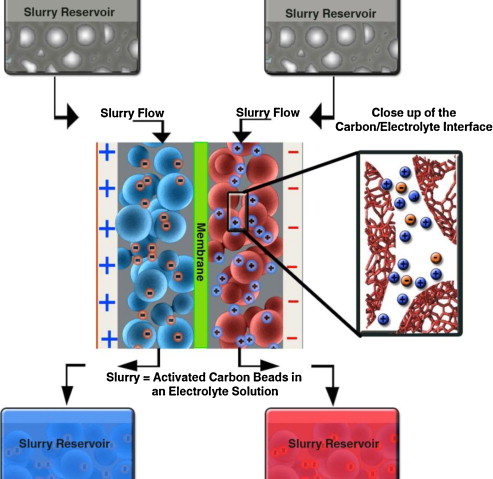 operation of flow batteries and supercapacitors, and enables rapid charging/discharging and decoupled energy/power ratings. Electrical charge is stored in a flowable carbon slurry composed of low-cost and abundantly available carbon particles in pH-neutral, aqueous electrolyte. Charge storage and transfer is analogous to solid carbon electrodes in conventional supercapacitors. Here, the effects of carbon particle solid fraction, shape, and size on the electrochemical and rheological properties of slurry electrodes are investigated. A static cell configuration is utilized for studying the electrochemical properties of the flowable electrodes. The electrochemical properties of the slurry electrodes tested in a static cell are found to be similar to that of solid electrodes in conventional supercapacitors for both, large spherical and anisometric activated carbons. Flow properties of the slurry electrodes are obtained for shear rates corresponding to pumping shear rates by rheometry. Results indicate that electrochemical and rheological properties of slurries depend on their concentration, shape and size of the carbon particles used in the slurries. For a range of concentrations, slurries based on spherical carbon particles show lower viscosities compared to anisometric activated carbon based slurries while performing similar electrochemically.
operation of flow batteries and supercapacitors, and enables rapid charging/discharging and decoupled energy/power ratings. Electrical charge is stored in a flowable carbon slurry composed of low-cost and abundantly available carbon particles in pH-neutral, aqueous electrolyte. Charge storage and transfer is analogous to solid carbon electrodes in conventional supercapacitors. Here, the effects of carbon particle solid fraction, shape, and size on the electrochemical and rheological properties of slurry electrodes are investigated. A static cell configuration is utilized for studying the electrochemical properties of the flowable electrodes. The electrochemical properties of the slurry electrodes tested in a static cell are found to be similar to that of solid electrodes in conventional supercapacitors for both, large spherical and anisometric activated carbons. Flow properties of the slurry electrodes are obtained for shear rates corresponding to pumping shear rates by rheometry. Results indicate that electrochemical and rheological properties of slurries depend on their concentration, shape and size of the carbon particles used in the slurries. For a range of concentrations, slurries based on spherical carbon particles show lower viscosities compared to anisometric activated carbon based slurries while performing similar electrochemically.
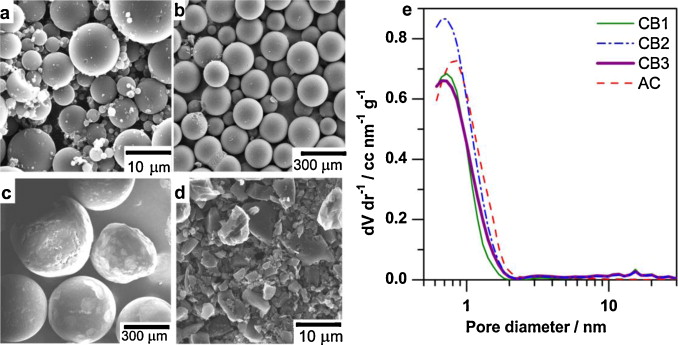
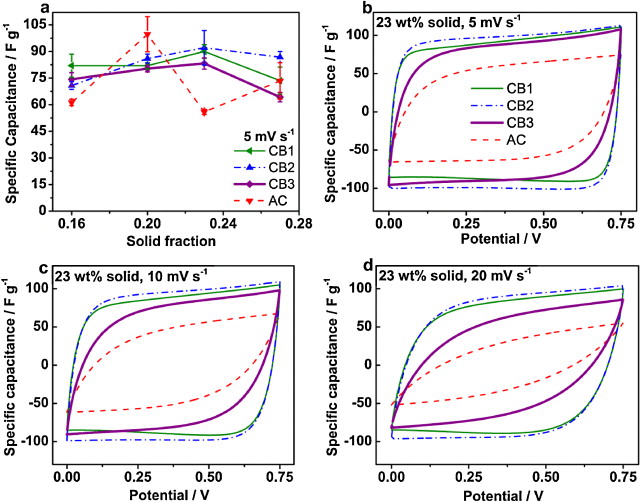

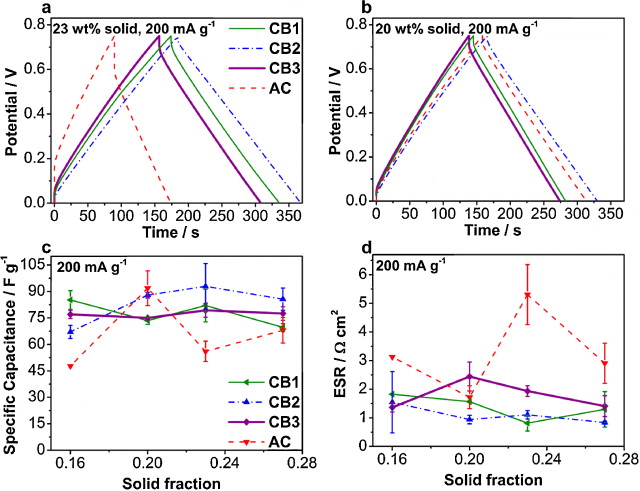

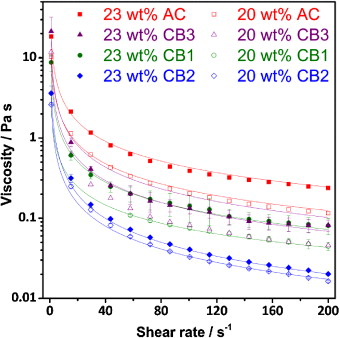
RELATED ITEМS:
The electrochemical flow capacitor for grid-scale energy storage
Electrochemical Flow Cells for Rapid Energy Storage and Recovery



 MXenes potential applications include sensors, wound healing materials, and drug delivery systems. A recent study explored how different synthesis methods affect the safety and performance of MXenes. By comparing etching conditions and intercalation strategies, researchers discovered that fine-tuning the surface chemistry of MXenes plays a crucial role in improving biocompatibility. These results provide practical guidelines for developing safer MXenes and bring the field one step closer to real biomedical applications.
MXenes potential applications include sensors, wound healing materials, and drug delivery systems. A recent study explored how different synthesis methods affect the safety and performance of MXenes. By comparing etching conditions and intercalation strategies, researchers discovered that fine-tuning the surface chemistry of MXenes plays a crucial role in improving biocompatibility. These results provide practical guidelines for developing safer MXenes and bring the field one step closer to real biomedical applications.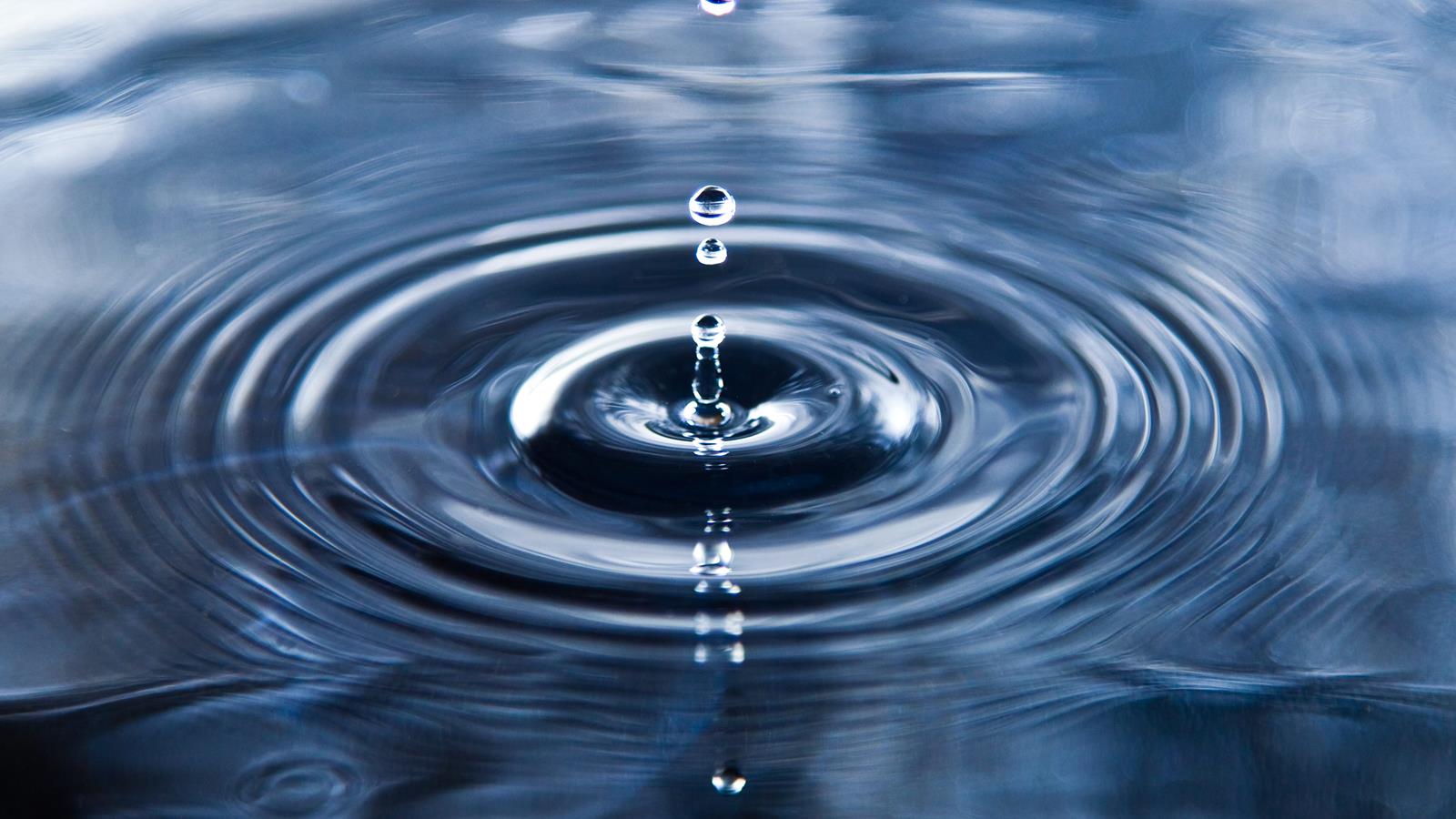
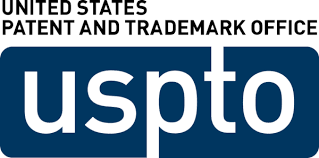 Exellent news, our joint patent application with Drexel University on highly porous MAX phase precursor for MXene synthesis published. Congratulations and thanks to all team involved!
Exellent news, our joint patent application with Drexel University on highly porous MAX phase precursor for MXene synthesis published. Congratulations and thanks to all team involved! Last Call! Have you submitted your abstract for IEEE NAP-2025 yet? Join us at the International Symposium on "The MXene Frontier: Transformative Nanomaterials Shaping the Future" – the largest MXene-focused conference in Europe this year! Final Submission Deadline: May 15, 2025. Don’t miss this exclusive opportunity to showcase your research and engage with world leaders in the MXene field!
Last Call! Have you submitted your abstract for IEEE NAP-2025 yet? Join us at the International Symposium on "The MXene Frontier: Transformative Nanomaterials Shaping the Future" – the largest MXene-focused conference in Europe this year! Final Submission Deadline: May 15, 2025. Don’t miss this exclusive opportunity to showcase your research and engage with world leaders in the MXene field!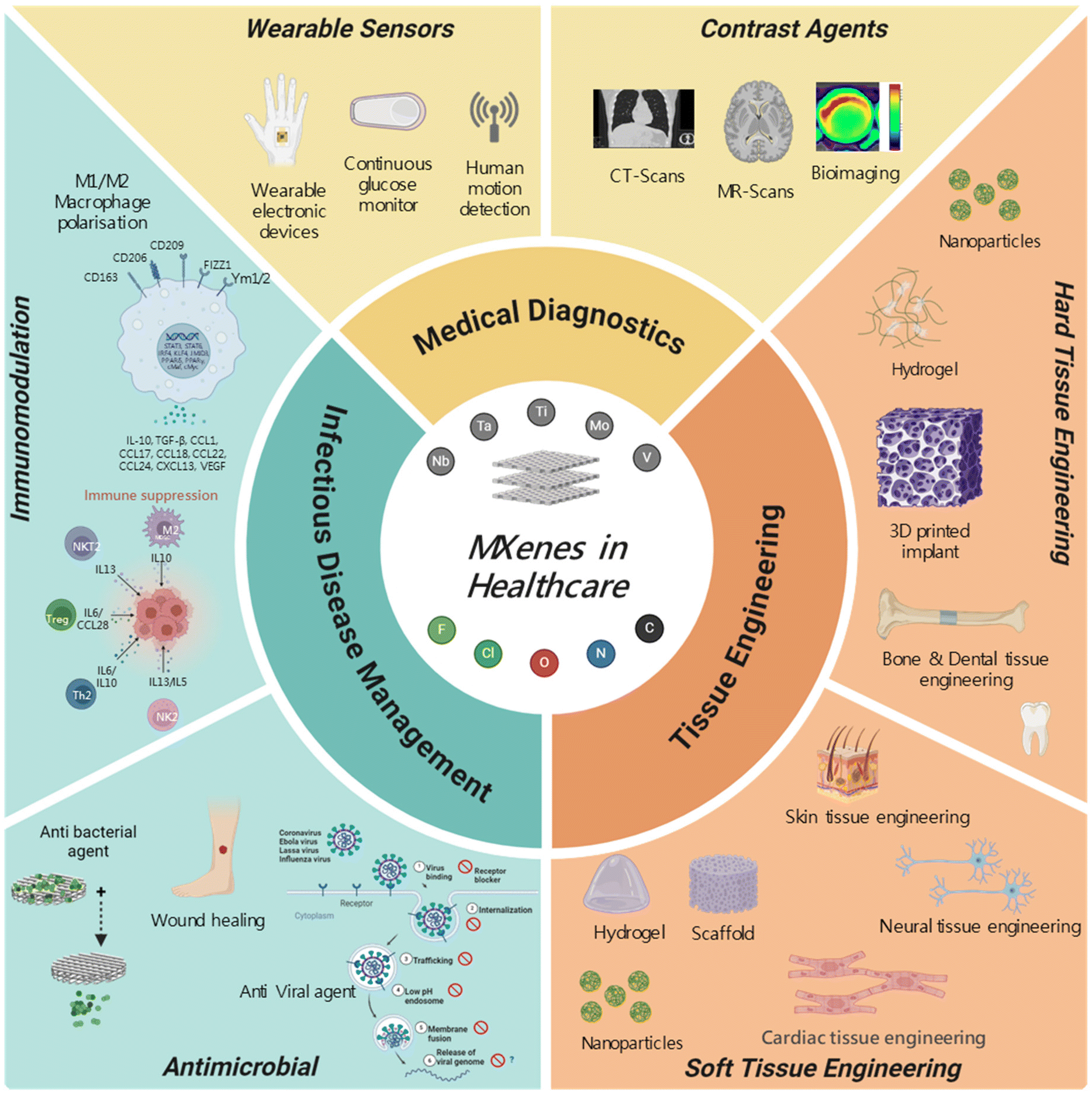 We are excited to announce the publication of latest review article on MXenes in Healthcare. This comprehensive review explores the groundbreaking role of MXenes—an emerging class of 2D materials—in revolutionizing the fields of medical diagnostics and therapeutics. Read the full article here: https://doi.org/10.1039/D4NR04853A.
We are excited to announce the publication of latest review article on MXenes in Healthcare. This comprehensive review explores the groundbreaking role of MXenes—an emerging class of 2D materials—in revolutionizing the fields of medical diagnostics and therapeutics. Read the full article here: https://doi.org/10.1039/D4NR04853A.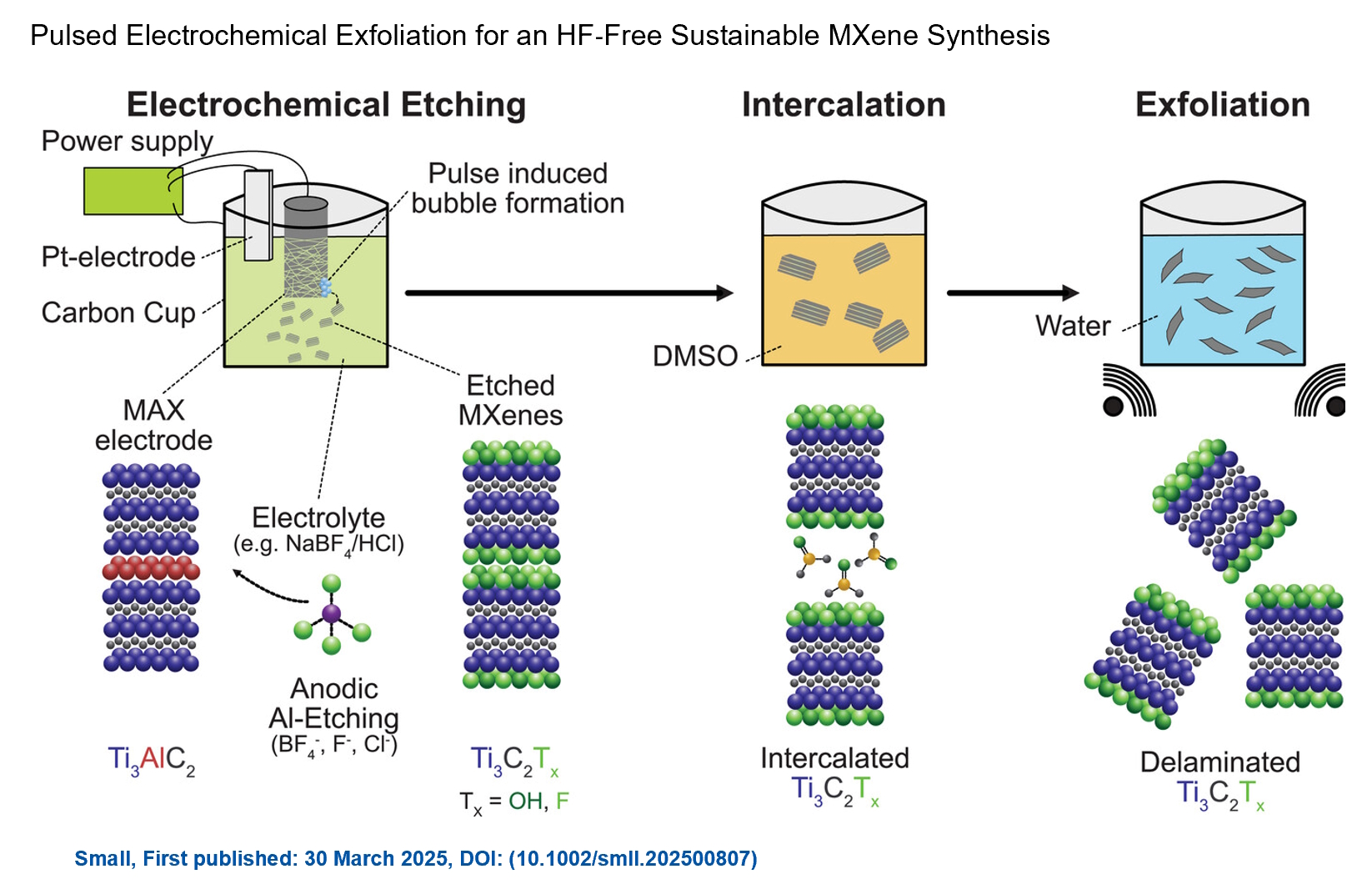 Congratulations and thank you to our collaborators from TU Wien and CEST for very interesting work and making it published! In this work, an upscalable electrochemical MXene synthesis is presented. Yields of up to 60% electrochemical MXene (EC-MXene) with no byproducts from a single exfoliation cycle are achieved.
Congratulations and thank you to our collaborators from TU Wien and CEST for very interesting work and making it published! In this work, an upscalable electrochemical MXene synthesis is presented. Yields of up to 60% electrochemical MXene (EC-MXene) with no byproducts from a single exfoliation cycle are achieved. Congratulations to all collaborators with this interesting joint work!
Congratulations to all collaborators with this interesting joint work! Thank you to our collaborators for the amazing joint work recently published in Graphene and 2D Nanomaterials about MXene–silk fibroin composite films aiming to develop materials with tunable electronic and thermal properties
Thank you to our collaborators for the amazing joint work recently published in Graphene and 2D Nanomaterials about MXene–silk fibroin composite films aiming to develop materials with tunable electronic and thermal properties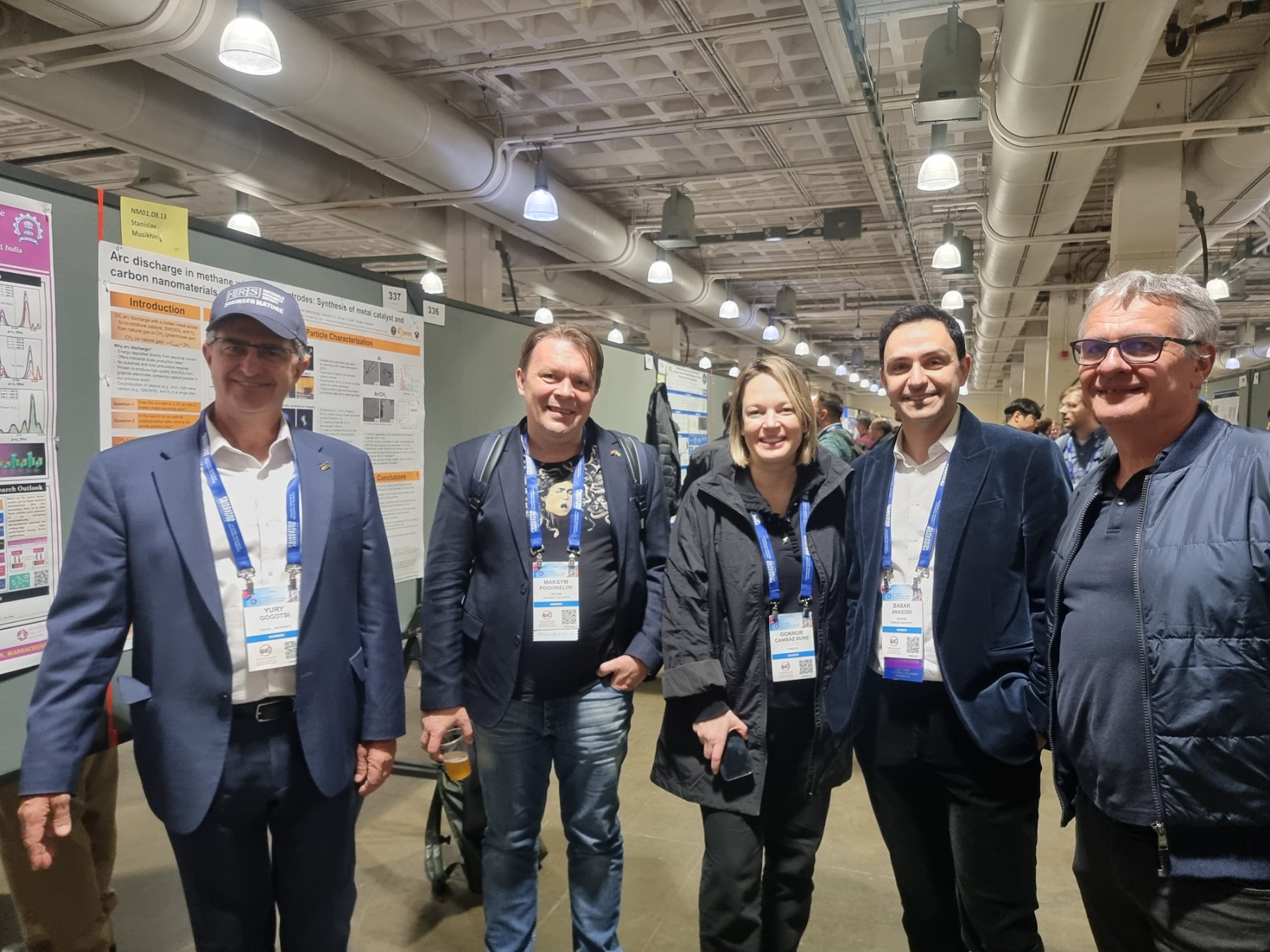 Dr. Oleksiy Gogotsi, director of MRC and Carbon-Ukraine, innovative companies that are among the leaders on the world MXene market, visited 2024 MRS Fall Meeting & Exhibit. together with Dr. Maksym Pogorielov, Head of Advanced Biomaterials and Biophysics Laboratory, University of Latvia.
Dr. Oleksiy Gogotsi, director of MRC and Carbon-Ukraine, innovative companies that are among the leaders on the world MXene market, visited 2024 MRS Fall Meeting & Exhibit. together with Dr. Maksym Pogorielov, Head of Advanced Biomaterials and Biophysics Laboratory, University of Latvia.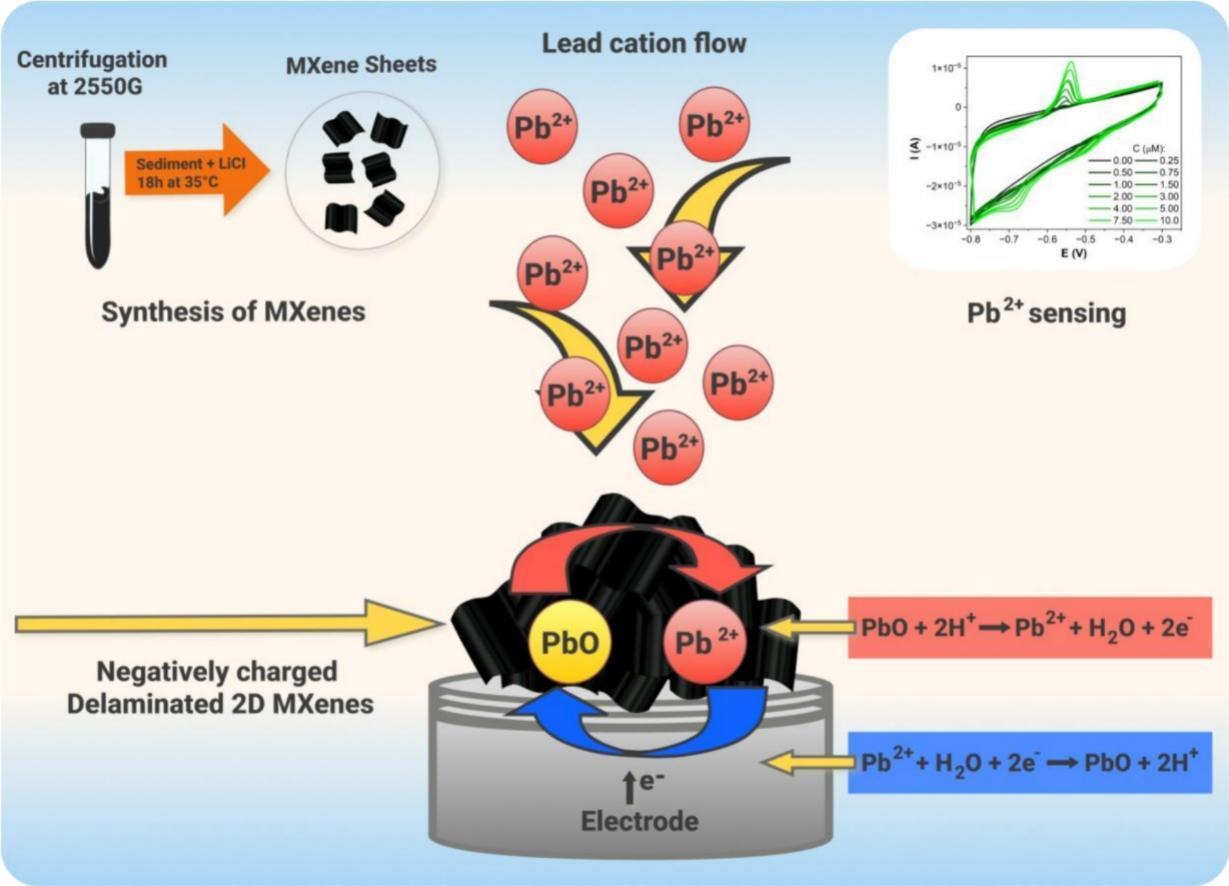
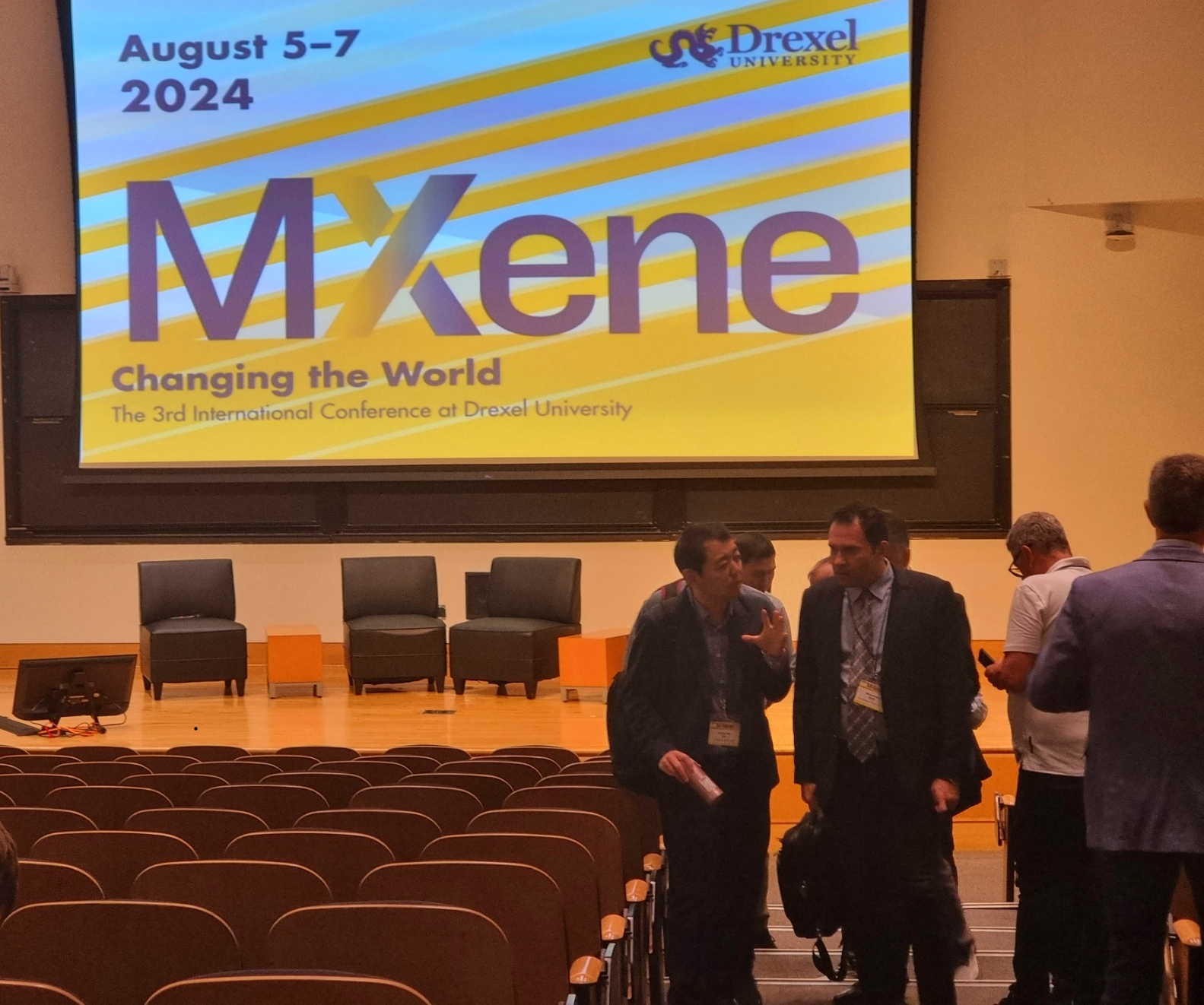 MRC and Carbon-Ukraine team visited the 3rd International MXene conference held at Drexel University on August 5-8, 2024. Conference brought together the best reserchers and leading experts on MXene field.
MRC and Carbon-Ukraine team visited the 3rd International MXene conference held at Drexel University on August 5-8, 2024. Conference brought together the best reserchers and leading experts on MXene field. 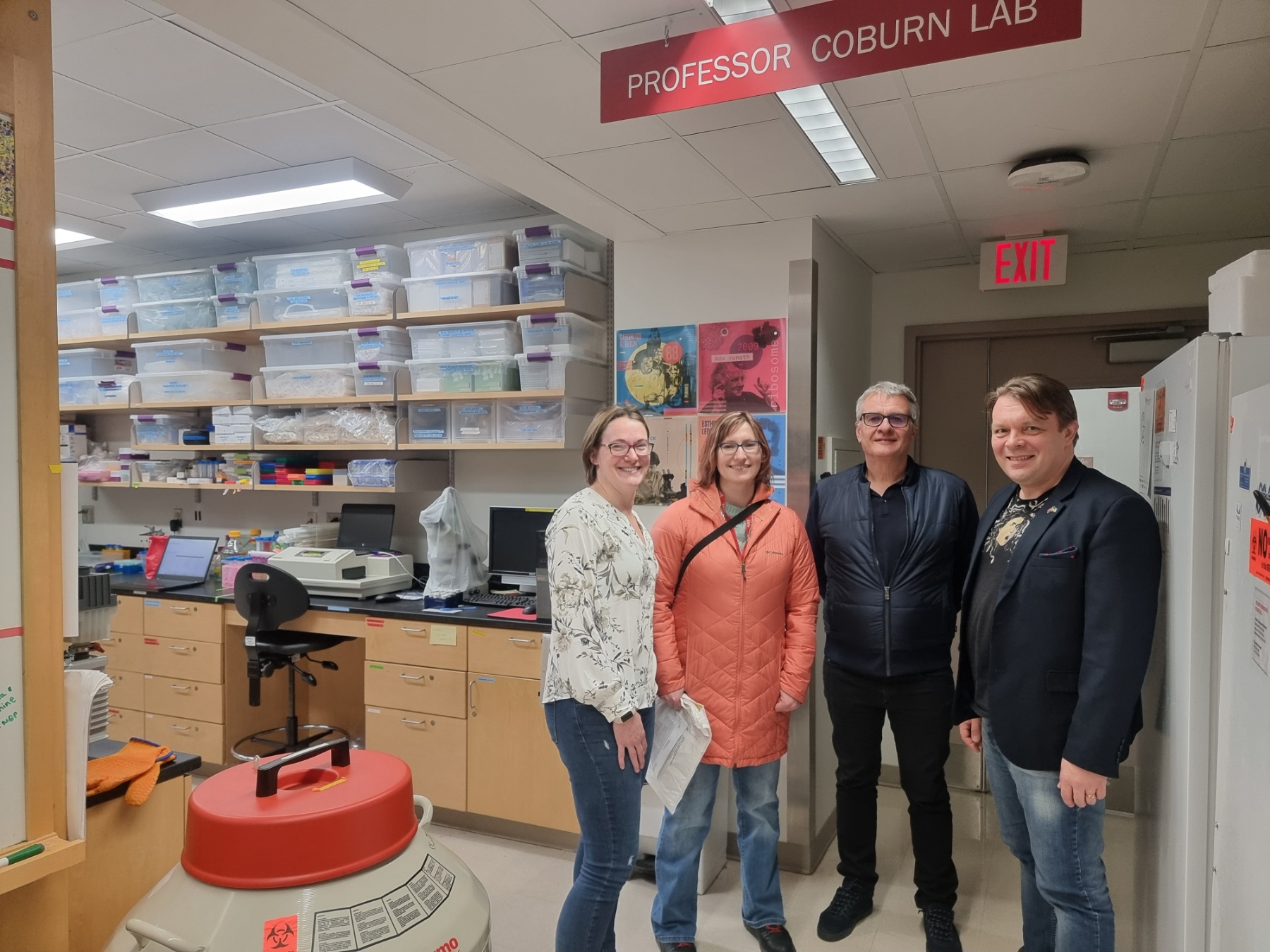
 Together with colleagues from the University of Latvia, MRC/Carbone Ukraine, Adam Mickiewicz University, University Clinic Essen, and others, we have developed a novel concept involving the binding of antibodies to MXenes. In our research, we utilized anti-CEACAM1 antibodies to develop targeted photo-thermal therapy for melanoma (in vitro), paving the way for future in vivo studies and clinical trials. For the first time, we demonstrate the feasibility of delivering MXenes specifically targeted to melanoma cells, enabling the effective ablation of cancer cells under near-infrared (NIR) light. This new technique opens up vast potential for the application of MXenes in cancer treatment, diagnostics, drug delivery, and many other medical purposes.
Together with colleagues from the University of Latvia, MRC/Carbone Ukraine, Adam Mickiewicz University, University Clinic Essen, and others, we have developed a novel concept involving the binding of antibodies to MXenes. In our research, we utilized anti-CEACAM1 antibodies to develop targeted photo-thermal therapy for melanoma (in vitro), paving the way for future in vivo studies and clinical trials. For the first time, we demonstrate the feasibility of delivering MXenes specifically targeted to melanoma cells, enabling the effective ablation of cancer cells under near-infrared (NIR) light. This new technique opens up vast potential for the application of MXenes in cancer treatment, diagnostics, drug delivery, and many other medical purposes.
